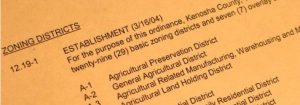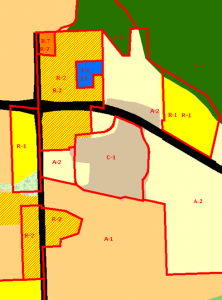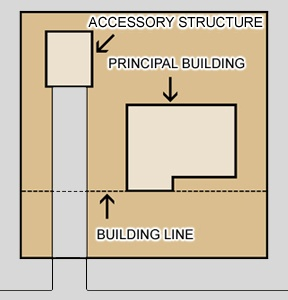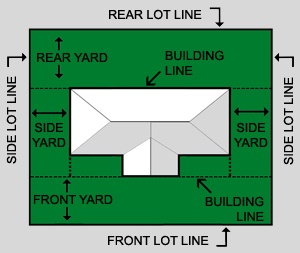Organization of a Zoning Ordinance
Most zoning ordinances are organized in the following manner:1
 Title, Authority and Purpose. This section lists the state enabling legislation which empowers the community to adopt zoning and outlines the community’s “statements of purpose” or reasons for having zoning.
Title, Authority and Purpose. This section lists the state enabling legislation which empowers the community to adopt zoning and outlines the community’s “statements of purpose” or reasons for having zoning.-

Images: Kenosha county Department of Planning and Development General Provisions. This section includes definitions of terms and describes the area affected by the ordinance.
- Zoning Districts and Regulations. This section lists and defines each zoning district and sets out rules that apply to land in each district. These rules may include permitted and conditional uses, the density of structural development, dimensions of structures and setbacks, and provisions for open space.
- Zoning Nonconformities. This section describes limitations associated with nonconforming uses, structures and lots.
- Impact Regulations. This section describes parking, landscaping, signage, historic preservation, environmental and other development regulations designed to mitigate the impacts of development.
- Administration and Enforcement. This section outlines the duties of those involved in administering the zoning ordinance, specifies procedures for amending the ordinance, and sets fines for zoning violations. Enforcement techniques generally include refusal of building or occupancy permits, remediation, fines and forfeitures, or court action to force compliance.2 Enforcement actions may be initiated by the governing body or an affected landowner.3
Zoning Ordinance
The text of the zoning ordinance describes dimensional standards for structures and lots within each district.


Footnotes
2Zoning decisions may be enforced by a zoning administrator, building inspector, the secretary of the zoning agency, or municipal attorney. Wis. Stat. 59.69 (2)(bm), (10)(b) & (11), 60.61(6) and 62.23(7)(f) & (8).
3In cities, villages, and towns with village powers, any adjacent or neighboring property owner who would be specially damaged may sue to enforce the ordinance (Wis. Stat. § 62.23(8)). In counties and towns without village powers, an owner of real estate in the district who is affected by an ordinance violation may sue to enforce the ordinance (Wis. Stat. §§ 59.69(11) and 60.61(6)).




